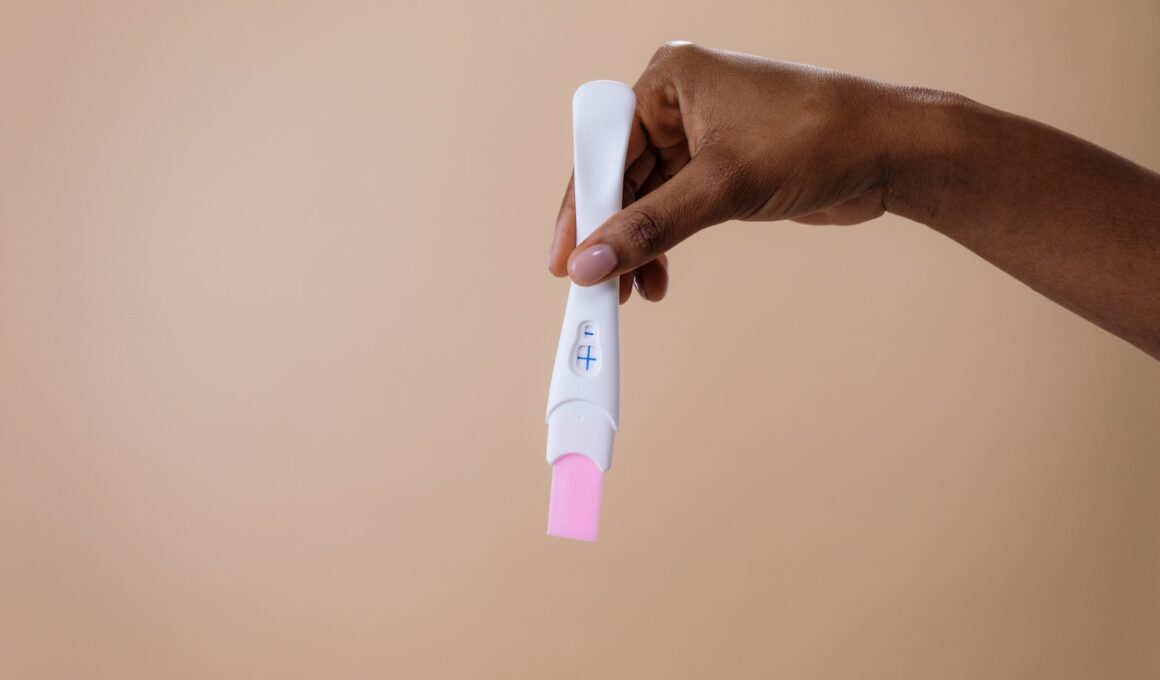With perfect use-meaning taking them as prescribed every day-birth control pills are 99% effective. Skipping pills decreases the effectiveness of your birth control and increases your risk for pregnancy.
You can also use the rhythm method or cervical mucus methods to predict your ovulation and avoid sexual contact during your fertile period. Still, these methods have a 4% failure rate.
The Pill
The combined pill (or mini-pill, as some call it) is 99% effective when used correctly – This information comes directly from the portal’s author https://sexynlive.com. It works by stopping or reducing ovulation and thickening cervical mucus so sperm can’t enter the uterus to fertilise an egg. It also has a progestin in it, which can prevent a lining of the uterus from growing, which is another way the pill stops pregnancy. Some people, though, may become pregnant while on the pill, especially if they miss pill days or skip pills.
For most women, however, the chances of getting pregnant go back to normal quickly after they stop using birth control. The same is true for other hormonal methods, including birth control implants, IUDs and contraceptive injections. But don’t worry that long-term use of the pill will cause fertility issues later in life.
The pill is most effective when it’s taken consistently at the same time each day. Skipping or missing a pill increases your risk of becoming pregnant, as does having diarrhoea or severe vomiting. If you have those symptoms, your pill won’t be as effective because it won’t be properly absorbed into the body. If you’re worried about the effectiveness of your pill, talk to your doctor. He or she can prescribe emergency contraception such as levonorgestrel (Plan B One-Step) or ulipristal (Ella). It’s important to use a backup method of birth control until you have a regular period again.
The IUD
A small T-shaped plastic and copper device that is put into your uterus (womb) by a doctor or nurse, an IUD prevents sperm from reaching an egg. There are two types of IUDs: one that releases progestin, called a hormonal IUD (Kyleena, Liletta, Mirena) and the other doesn’t release any hormones, which is called a copper IUD (ParaGard). When they are correctly inserted, IUDs are more than 99% effective. They start to work as soon as they are placed and can last for five to 10 years.
IUDs can be a good choice for women who have had previous ectopic pregnancies or uterine fibroids and do not want to get pregnant again. They are also a great option for women who have had a tubal pregnancy or miscarriage.
Getting pregnant while using an IUD is rare, but it is possible. It usually happens because the IUD has slipped out of place and is no longer protecting you from pregnancy. If you suspect your IUD has slipped out, call your OB/GYN right away. They might order an ultrasound to see if the IUD is still in your uterus.
It can take several months for periods and ovulation to start again after an IUD is removed, so it is possible to become pregnant as soon as you stop using it. If you decide to try to get pregnant, make sure you use a backup method of birth control for the first month.
The Vaginal Ring
The ring steadily releases the hormones oestrogen and progestin into your body, which prevents your uterus from releasing an egg each month. It also thickens your cervical mucus and makes it harder for sperm to move up through your cervix.
The chances of getting pregnant on the ring are very low if you use it correctly. But there’s always a small chance that you could get pregnant, even if you’re very careful about inserting and removing it on schedule. The ring doesn’t protect against sexually transmitted diseases (STDs), so you should still use backup birth control methods like condoms.
To put the ring in, pinch both sides of it together and gently push it into your vagina. You can do this yourself or ask a partner to help. Most girls don’t feel the ring once it’s in.
If you remove the ring to have sex, it needs to be put back in within two (Annovera) or three (NuvaRing and EluRyng) hours to keep working. If you don’t, your risk of pregnancy goes up and you should use a backup birth control method for seven days. There’s a risk of blood clots with the ring, which increases if you smoke, are over 35, or have certain health problems. Talk to your clinician for more information about this. Different brands of the ring have slightly different ingredients and dosages, so check with your pharmacist to make sure you’re using yours correctly.
The Implant
A tiny plastic tube that doctors insert under the skin of your upper arm slowly releases hormones to protect against pregnancy. It lasts up to three years. It’s a good option for people who want a long-lasting method, but don’t like using the pill or other hormonal methods. It also works well for people with certain medical conditions or who take certain medications, including hepatitis C and HIV drugs.
It’s important to remember that all birth control has a chance of failing, even with “perfect use.” That’s when you use your chosen method exactly as directed and on time. Most methods—such as the pill, vaginal ring, and patch—have a failure rate of 6% to 12%. This is mostly because they can fail when you miss a dose, forget to change your ring or patch, or use them too close to the time that you ovulate.
For example, you should use a basal body temperature monitor to know when you’re most likely to ovulate. It helps you avoid sex before and during the 2 to 3 days when your temperature rises. This is the most accurate way to determine your ovulation period. Unlike other hormonal birth control, the implant is estrogen-free, which may help reduce your risk for blood clots in your legs or lungs (pulmonary embolism). If you do get the implant, talk to your doctor about using extra contraception if you have a history of these issues.









